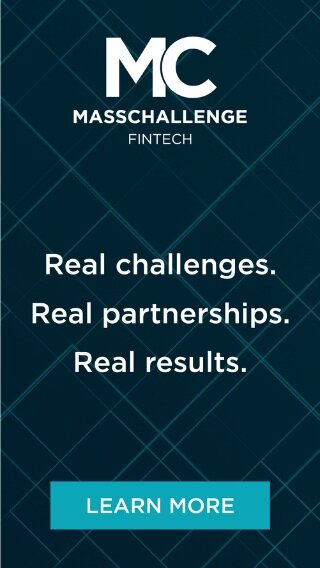Nonprofits boost the economy, but they desperately need banking help
/In an OpEd for The Financial Revolutionist, Daniel Grunstein, Co-Founder and CEO of Crowded, an open banking solution for nonprofits, outlines the financial challenges nonprofits face, details how nonprofits contribute to the US financial landscape, and explains the personal history behind Crowded’s mission.
Nonprofits contributed $1.4 trillion to the US economy in 2022 (5.6% of GDP). Despite their economic impact, smaller and medium sized nonprofit organizations are notoriously overlooked and undervalued by much of the traditional banking world. Due to a lack of resources and an understanding of what these groups need, traditional banks haven’t tailored their products to successfully serve them.
People are often surprised to hear that I started a fintech company to serve the nonprofit community. I saw big potential to create an open banking solution for these groups that fall somewhere in the grey area between B2B and B2C—especially as younger, more activist, tech-savvy generations increasingly make their way into the nonprofit sector.
Clubs, groups, and associations—such as fraternities and sororities, scouts, rotary clubs, summer camps, and religious institutions—processed $285 billion in annual payments and represented nearly 1.2% of the country’s GDP in 2022. Because nonprofits rely on member dues, donations, and fundraisers to support their initiatives, this means that money—and how these groups manage it—is crucial to their success.
My exposure to the nonprofit world began during my college years when I served as the treasurer for various youth movements, political organizations, and sports clubs. It was then that I found I had limited resources to choose from, and I ended up having to rely on antiquated and inefficient systems to manage our group funds. Like many treasurers out there, I found myself compromising and using generalized services that weren't tailored to the needs of clubs and groups and that didn't speak our language—whether it be collecting payments from hundreds of members each month, managing reimbursements and payouts, or gathering data for reporting needs.
Even today, the solutions that do exist for these types of organizations are dated, focus more on senior administrators rather than local treasurers and members, and aren’t designed to serve a wide variety of nonprofit groups. After further research, I also found, unsurprisingly, that nonprofits leave a lot of potential revenue on the table year after year. Only 50% of nonprofits end up succeeding largely due to this reason.
As younger generations begin to accumulate wealth and start getting involved in the nonprofit world, the technology gap has become even more apparent. Research shows that Millennial, Gen X, and Gen Z donors prefer to donate online using a debit or credit card and are most inspired to give via mobile or social media. These younger generations are accustomed to a world where banking can be managed digitally with the ease of a few taps on their phone—and they look for this same ease-of-use in other platforms they adopt.
Younger generations are already getting involved in established nonprofit organizations, some of which have been around for decades and are often run by people who do things the “old way,” like writing paper checks. As younger generations start learning the ins and outs of these organizations, they are searching for modern tools to replace older, less convenient systems.
To solve these current challenges facing nonprofits, there needs to be an efficient, yet inclusive banking solution. Crowded recently launched as a mobile-first, free and simple to use app for 501(c)s, offering both banking and member management in one place—something that’s not typically provided to these groups by traditional banks. With modern solutions for group spending and fund collection as well as automated reporting, budgeting, taxation, and membership tracking geared towards the specific needs of organizations, an app like Crowded provides an effective solution that can help fuel the growth and impact of nonprofits going forward.














